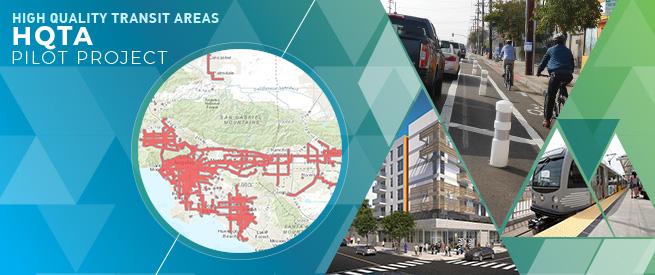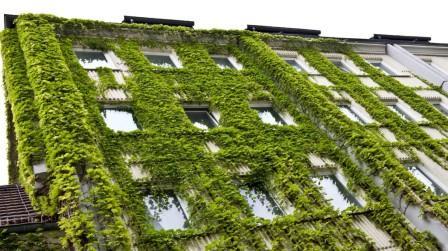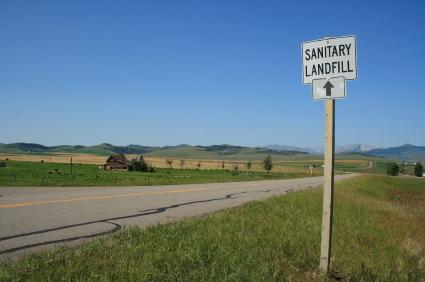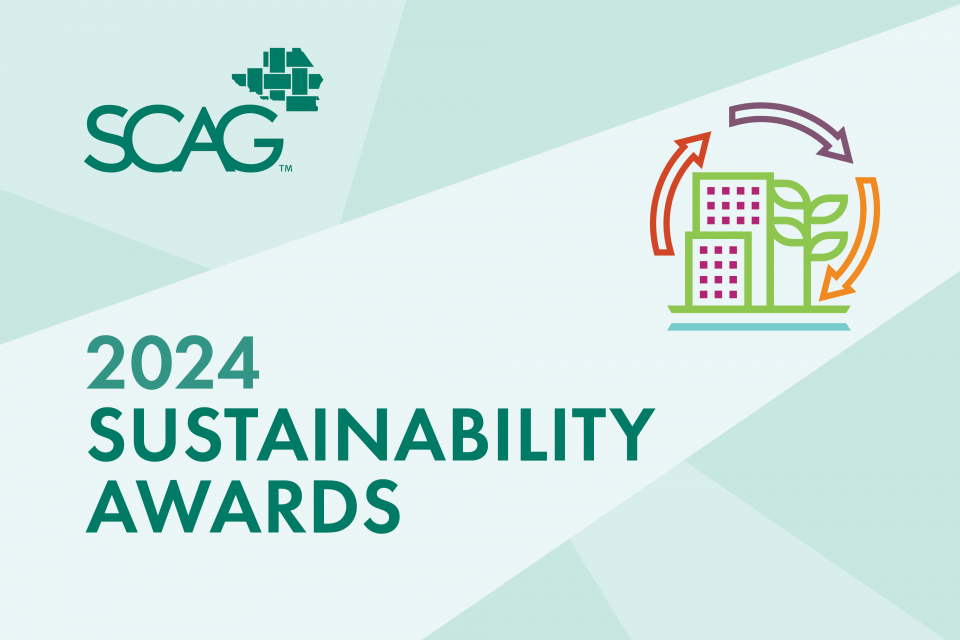Climate Change
The Global Warming Solutions Act
 SCAG is addressing the climate change
challenge through implementation of recent State legislation. In
2006, Assembly
Bill No. 32 (AB 32), the California Global Warming Solutions
Act, passed into law requiring that statewide GHG emissions be
reduced to 1990 levels by 2020. This would represent reducing
about 30 percent from business-as-usual emission levels projected
for 2020. On December 11, 2008, the California Air Resources
Board (ARB) adopted a comprehensive Scoping Plan outlining the
state’s strategy to achieve the 2020 GHG emission
reduction target.
SCAG is addressing the climate change
challenge through implementation of recent State legislation. In
2006, Assembly
Bill No. 32 (AB 32), the California Global Warming Solutions
Act, passed into law requiring that statewide GHG emissions be
reduced to 1990 levels by 2020. This would represent reducing
about 30 percent from business-as-usual emission levels projected
for 2020. On December 11, 2008, the California Air Resources
Board (ARB) adopted a comprehensive Scoping Plan outlining the
state’s strategy to achieve the 2020 GHG emission
reduction target.
HQTA Pilot Project
The 2016-2040 Regional Transportation Plan/Sustainable Communities Strategy, adopted by SCAG in 2016, had anticipated a significant amount of new housing, population and employment growth to occur in High Quality Transit Areas (HQTAs). HQTAs, which feature frequent transit service or major transit stations, are located in communities throughout the SCAG region.
Alternative Fuels & Vehicles
 In 2012, the Southern California
Association of Governments led a collaborative process to prepare
Southern California for the anticipated influx of plug-in
electric vehicles (PEVs) in the region, which could be as high as
700,000 by 2022 according to SCAG research. PEVs will reduce air
pollution, decrease our dependency on foreign oil and attract
green businesses to Southern California.
In 2012, the Southern California
Association of Governments led a collaborative process to prepare
Southern California for the anticipated influx of plug-in
electric vehicles (PEVs) in the region, which could be as high as
700,000 by 2022 according to SCAG research. PEVs will reduce air
pollution, decrease our dependency on foreign oil and attract
green businesses to Southern California.
Open Space
Open Space & The Quality of Life
The concept of sustainability includes “Improving the quality of human life while living within the carrying capacity of supporting ecosystems.[1]” As our region grows and urbanizes, we are modifying the natural world and diminishing the availability of resources for future generations. While we continue to improve our quality of life, we must also create a sustainable framework for the future.
Green Buildings
Buildings & Green House Gas Emissions
Greenhouse gas emissions from buildings are substantial. New buildings can be constructed using passive solar building design, low- or zero-energy building techniques, using renewable heat sources. Existing buildings can be made more efficient through the use of insulation, high-efficiency appliances (particularly hot water heaters and furnaces), double- or triple-glazed windows, external window shades, and building orientation and siting.
Energy
Sustainable Energy
Clean, stable and sustainable sources of energy for Southern California are critical to supporting a healthy and resilient region. In developing future plans, SCAG must fully weigh and consider energy supply, efficiency, consumption and environmental impacts, such as greenhouse gas emissions.
Water
Sustainability & Water
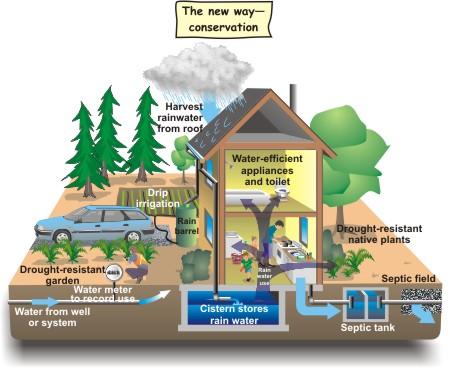 Additional water resources will be
needed to meet the growing population and economy of the SCAG
region. Sufficient water supplies are needed to meet these future
water demands. In addition water quality and watershed management
needs to be addressed.
Additional water resources will be
needed to meet the growing population and economy of the SCAG
region. Sufficient water supplies are needed to meet these future
water demands. In addition water quality and watershed management
needs to be addressed.
Water supplies in the SCAG region come from a blend of local and imported sources. Water conservation, or efficiency, involves technological and behavioral changes that lower the demand for water.
Solid Waste
Waste Reduction & Global Climate Change
Solid waste reduction and recycling help address global climate change. The manufacture, distribution and use of products – as well as management of the resulting waste – all result in greenhouse gas emissions. Waste prevention and recycling reduce greenhouse gases associated with these activities by reducing methane emissions, saving energy, and increasing forest carbon sequestration.
SCAG Sustainability Awards
The Southern California Association of Governments (SCAG) is committed to highlighting excellence in sustainable planning and development projects in the SCAG region. These projects are integral to accomplishing the goals of the Connect SoCal Regional Transportation Plan/Sustainable Communities Strategy, and promoting a more mobile, sustainable and prosperous region.



